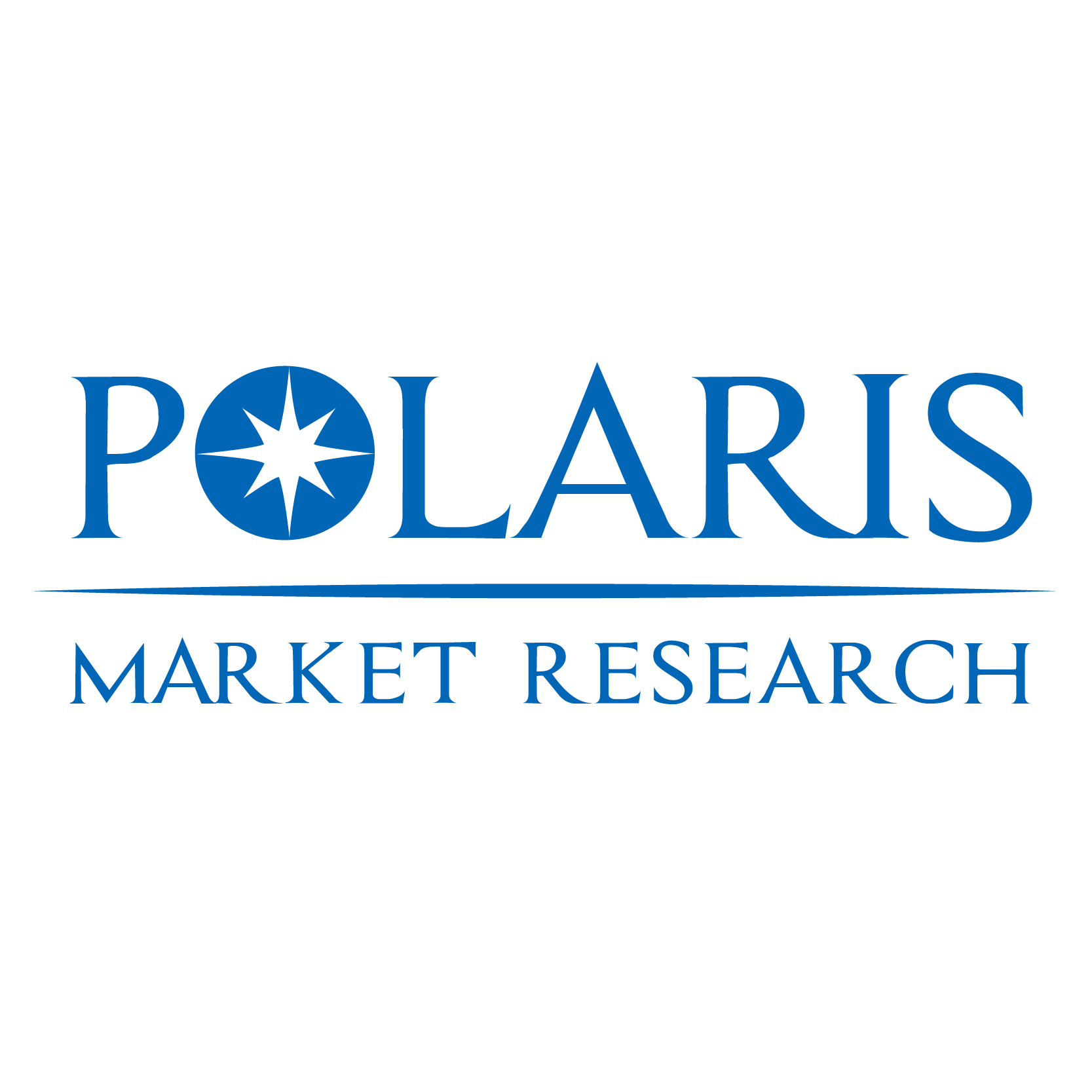Market Overview
Global Sustainable Pharmaceutical Packaging Market Size And Share Is Currently Valued At Usd 97.82 Billion In 2024 And Is Anticipated To Generate An Estimated Revenue Of Usd 373.71 Billion By 2034, According To The Latest Study By Polaris Market Research. Besides, The Report Notes That The Market Exhibits A Robust 14.4% Compound Annual Growth Rate (Cagr) Over The Forecasted Timeframe, 2025 - 2034
The global sustainable pharmaceutical packaging market is experiencing a period of notable transformation, shaped by a growing emphasis on environmentally responsible solutions and regulatory initiatives aimed at reducing plastic waste. Pharmaceutical companies are adopting sustainable packaging solutions to improve environmental performance, comply with international standards, and enhance their brand reputation. This evolving landscape is creating substantial opportunities for packaging manufacturers, material innovators, and healthcare stakeholders worldwide.
What is Sustainable Pharmaceutical Packaging Market?
The sustainable pharmaceutical packaging market refers to the production and utilization of eco-friendly packaging materials and systems for pharmaceutical products. These solutions aim to minimize environmental impact by reducing plastic usage, increasing recyclability, and incorporating biodegradable or reusable materials. The market encompasses a wide range of packaging formats, including bottles, blisters, pouches, cartons, and tubes made from renewable or recyclable sources.
Sustainable pharmaceutical packaging plays a crucial role in maintaining product integrity, ensuring patient safety, and complying with stringent regulatory requirements. At the same time, it supports broader sustainability goals across the pharmaceutical supply chain. This balance between functionality and environmental responsibility is driving a new era of innovation in the sector.
Key Market Growth Drivers
1. Rising Environmental Awareness
The global push for sustainability is encouraging pharmaceutical companies to reduce their ecological footprint. Governments, organizations, and consumers are increasingly demanding eco-friendly packaging, which is propelling market expansion.
2. Regulatory Pressure and Compliance
Regulatory authorities in major regions are implementing strict guidelines to minimize single-use plastics and encourage sustainable materials. These measures are accelerating the adoption of recyclable and biodegradable packaging formats.
3. Technological Innovations in Materials
Advancements in bioplastics, compostable films, and renewable raw materials are enabling packaging manufacturers to offer high-performance sustainable alternatives without compromising product protection.
4. Corporate Sustainability Goals
Many pharmaceutical companies are integrating sustainability targets into their business models. Packaging innovation forms a critical component of these strategies, contributing to brand image and market competitiveness.
𝐄𝐱𝐩𝐥𝐨𝐫𝐞 𝐓𝐡𝐞 𝐂𝐨𝐦𝐩𝐥𝐞𝐭𝐞 𝐂𝐨𝐦𝐩𝐫𝐞𝐡𝐞𝐧𝐬𝐢𝐯𝐞 𝐑𝐞𝐩𝐨𝐫𝐭 𝐇𝐞𝐫𝐞:
https://www.polarismarketresearch.com/industry-analysis/sustainable-pharmaceutical-packaging-market
Market Challenges
Despite the strong growth potential, the sustainable pharmaceutical packaging market faces several challenges:
· Higher Production Costs
Sustainable materials often involve more complex manufacturing processes and higher costs than traditional plastics. This can impact profit margins, especially for small and mid-sized producers.
· Limited Infrastructure for Recycling
In many regions, recycling systems are not advanced enough to handle pharmaceutical packaging waste effectively. This limitation reduces the circularity potential of sustainable solutions.
· Regulatory Complexity
Navigating different regional standards and certification requirements can be a challenge for packaging manufacturers aiming to serve multiple markets.
· Material Performance Limitations
Biodegradable and compostable materials must meet rigorous pharmaceutical standards for moisture, light, and oxygen protection, which can sometimes restrict their application.
Regional Analysis
North America
North America is witnessing steady growth in sustainable pharmaceutical packaging due to robust regulatory frameworks and growing corporate commitments to environmental responsibility. Pharmaceutical companies in the region are actively investing in eco-friendly packaging technologies and recycling programs.
Europe
Europe continues to lead the adoption of sustainable packaging solutions, driven by stringent environmental regulations and strong consumer awareness. Many pharmaceutical brands are transitioning to paper-based and compostable packaging formats to meet regional sustainability goals.
Asia Pacific
Asia Pacific represents a fast-growing market, supported by expanding pharmaceutical production and increasing investments in green technologies. Rising healthcare demand, combined with government initiatives to reduce plastic pollution, is expected to fuel adoption in this region.
Latin America and Middle East & Africa
Emerging economies are gradually embracing sustainable packaging solutions. Although infrastructure and regulatory frameworks are still developing, increased awareness and international collaborations are expected to drive future market growth.
Future Outlook
The sustainable pharmaceutical packaging market is expected to undergo continuous innovation as sustainability becomes a central focus for the healthcare industry. Key trends likely to shape the future of the market include:
· Increased Use of Bioplastics and Renewable Materials
Packaging manufacturers are expected to further develop plant-based plastics and compostable films, improving performance characteristics and cost-efficiency.
· Circular Economy Integration
A shift towards reusable and recyclable packaging formats will strengthen circular economy practices in the pharmaceutical supply chain.
· Smart and Sustainable Packaging Solutions
The integration of smart labeling, track-and-trace technologies, and eco-friendly materials will enhance both sustainability and product safety.
· Collaborations and Partnerships
Joint ventures between pharmaceutical companies, packaging producers, and technology providers will accelerate the development of scalable sustainable solutions.
Some of the major players operating in the global market include:
- Amcor plc
- Berry Global Inc.
- Bormioli Pharma S.p.A.
- Cabinet Health, P.B.C.
- CCL Label CCL Industries Inc.
- Gerresheimer AG
- Körber AG.
- Nipro Europe Group Companies
- Origin Pharma Packaging.
- SGD Pharma
- Sonoco Products Company
- Syntegon Technology GmbH
- West Pharmaceutical Services, Inc.
- WestRock Company.
Conclusion
The Sustainable Pharmaceutical Packaging Market is witnessing robust growth due to increasing regulatory pressure and consumer demand for eco-friendly packaging solutions. Pharmaceutical companies are adopting recyclable, biodegradable, and reusable materials to reduce environmental impact. Rising awareness of sustainability and the shift toward green supply chains have further boosted market adoption. Innovations in material science, smart packaging, and digital tracking technologies are enhancing efficiency and compliance. The market also benefits from stringent packaging standards ensuring product safety and integrity. With growing healthcare demands and sustainability focus, the Sustainable Pharmaceutical Packaging Market is expected to experience steady growth globally in the foreseeable future.
More Trending Latest Reports By Polaris Market Research:
Magnetic Resonance Imaging Market
Public Key Infrastructure Market



